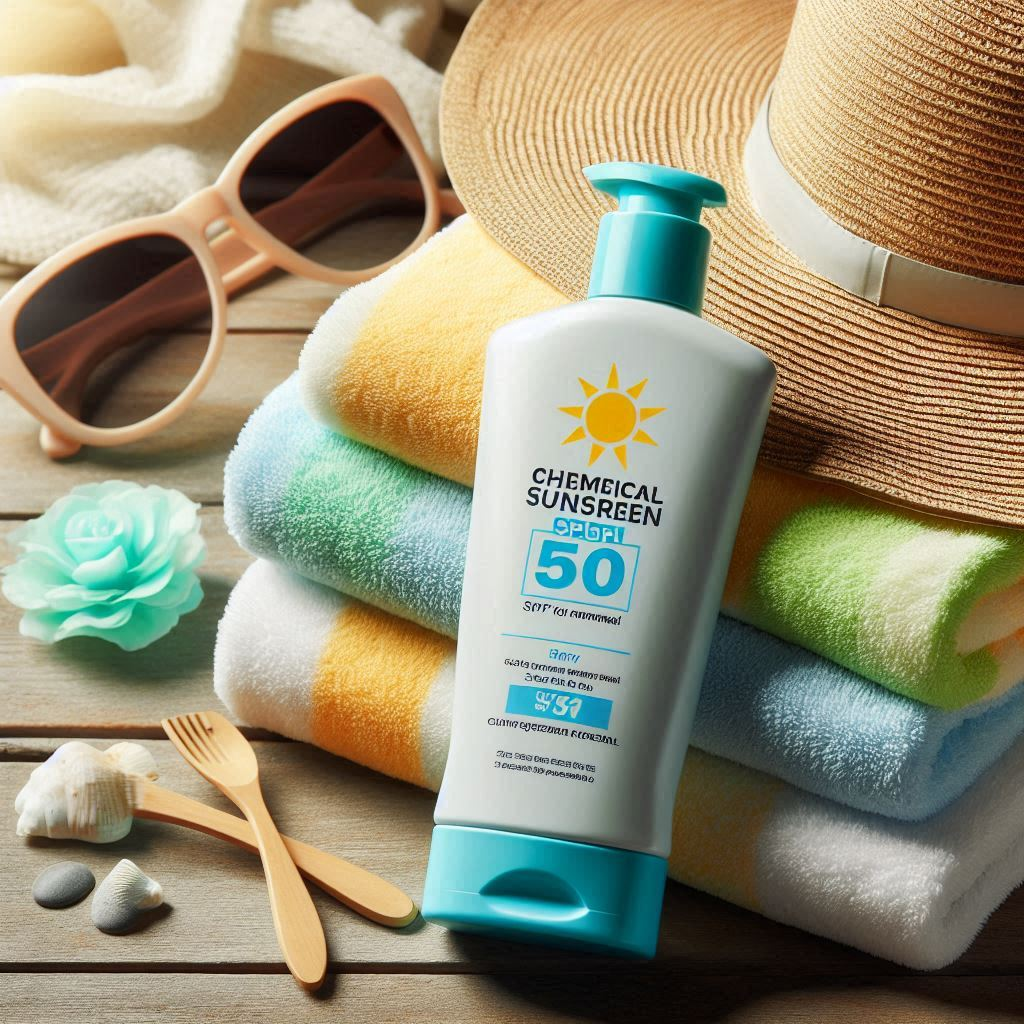
Understanding Sunscreens: Chemical vs. Physical
Sunscreens protect your skin from harmful UV rays, and there are two main types: chemical and physical (mineral). Each works differently, so choosing one depends on your skin’s needs and your preferences.
Chemical Sunscreens
- How They Work: Absorb UV rays, turn them into heat, and release it from your skin.
- Key Ingredients: Avobenzone, octocrylene, octinoxate, oxybenzone.
- Pros: Lightweight, blends easily, no white residue.
- Cons: May irritate sensitive skin; some ingredients harm coral reefs.

Physical Sunscreens
- How They Work: Sit on the skin’s surface and reflect UV rays.
- Key Ingredients: Zinc oxide, titanium dioxide.
- Pros: Gentle on sensitive skin; safer for the environment.
- Cons: Thicker texture, can leave a white cast.
How to Choose
- Skin Type: Chemical sunscreens work for most skin types, but physical ones are better for sensitive or reactive skin.
- Texture Preference: Chemical sunscreens are lighter; physical ones can feel thicker.
- Environmental Impact: Physical sunscreens are generally reef-safe, while some chemical ones aren’t.
The Bottom Line
The best sunscreen is the one you’ll use daily. Look for a broad-spectrum formula with SPF 30 or higher, and reapply often.

Discover More with Organic-Look
Enhance your natural glow—shop the Clean Beauty Collection and bring holistic wellness into your daily life!
